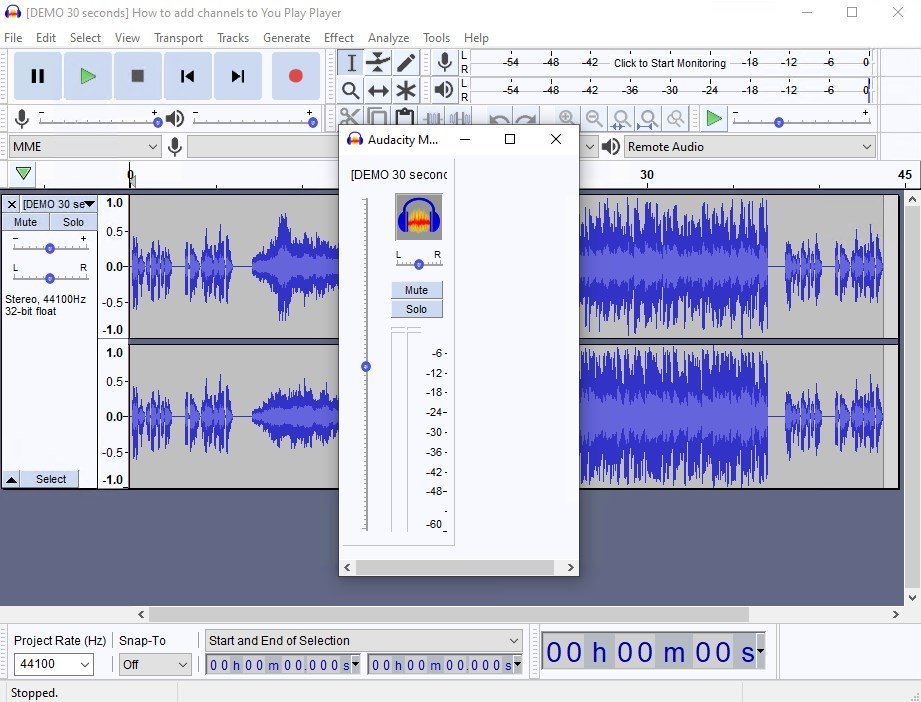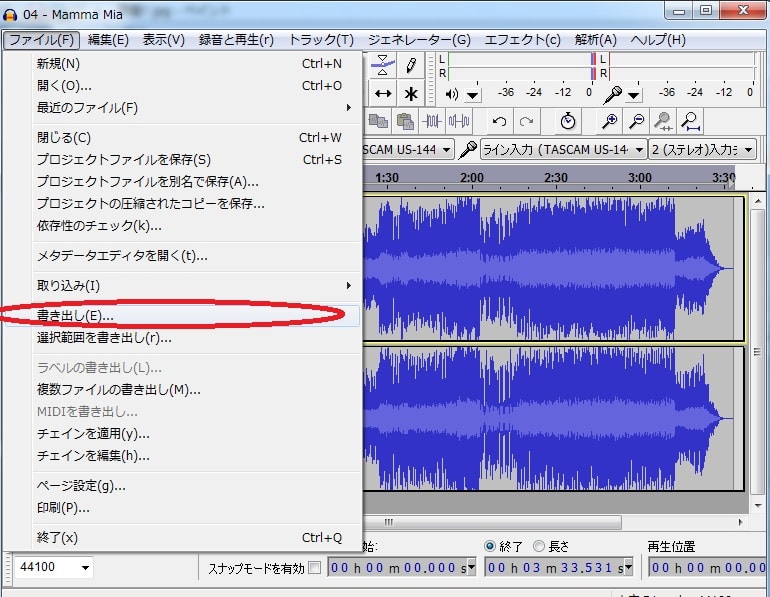


You can always convert lossless audio to a lossy format, but you can't convert lossy audio back into higher-quality lossless formats. Lossless formats also allow you to future-proof your audio, should you ever acquire better equipment for listening. That said, if storage space isn't an issue and you have high-quality speakers or headphones, a lossless format might be the way to go. As long as you don't set the bitrate too low, it's unlikely you'll be able to tell much difference between lossless and lossy audio, especially if you're listening on your phone through earbuds. Lossy formats are fine in most situations. How to use vocal remover in Audacity Notta Notta. This reduces the overall sound quality, but also makes it a much smaller file and therefore easier on your hard drive. Format supports mp3, wav, aac, aiff, m4a, mp4, avi, flv, mov, wmv. Lossy formats use a lower bitrate, stripping out a good portion of an audio file's data.Lossless formats have all the original data intact and are therefore much bigger files.The first step to reducing the size of audio files is to recognize whether your audio is "lossless" or "lossy". /rebates/&252fvideo-converter252fcan-audacity-open-m4a. mp3 file and upload it to Ringcentral.Should You Choose Lossless or Lossy Audio Compression?

Navigate to the location where you saved the. This site features download links to various plugins for Audacity, which can be used to extend Audacitys functionality to better match your workflow. You can close Audacity without saving the file. Click the OK button:Īfter the window closes, your conversion will be complete. Choose where you want to save the file and leave all options as default.Navigate to File > Export > Export as MP3:.Open Audacity and navigate to File > Open and select your.Run the file and install ffmpeg with default settings:Īfter the setup is complete for both apps, follow these steps to convert your audio file:.Click on the link for the ffmpeg v.2.2.2 installer:.The optional FFmpeg library allows Audacity to import and export a much larger range of audio formats including M4A (AAC), AC3, AMR (narrow band) and WMA and also to import audio from most video files. Navigate to the ffmpeg downloader page: Installing the FFmpeg Import/Export Library on Windows.Run the file and install Audacity with default settings:.Install Audacity and the ffmpeg extensionīefore you'll be able to convert the file, follow these steps to get Audacity and ffmpeg set up on your computer: Audacity is the main program and ffmpeg is an extension that Audacity uses to open. Audacity and ffmpeg are open source programs that can convert audio into different formats. mp3 using the app Audacity and the ffmpeg plugin. To do this, you'll need to convert your audio that you recorded in the Voice Recorder from. Ringcentral requires audio files to be saved as.


 0 kommentar(er)
0 kommentar(er)
